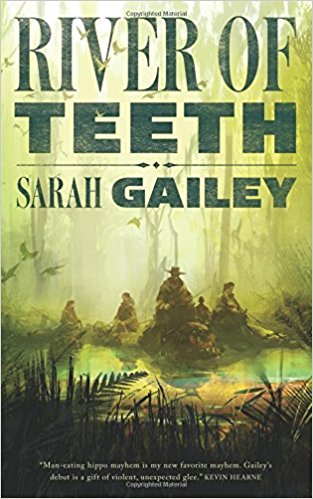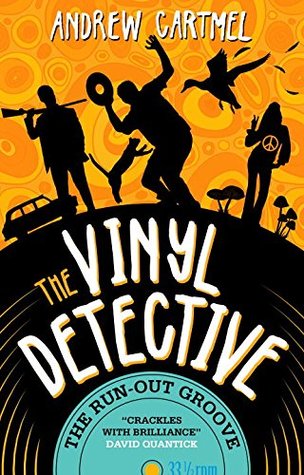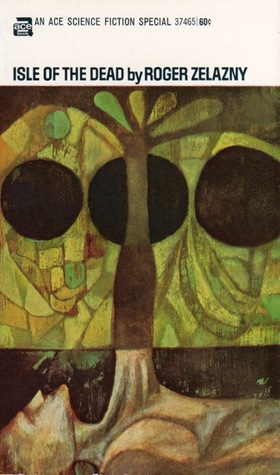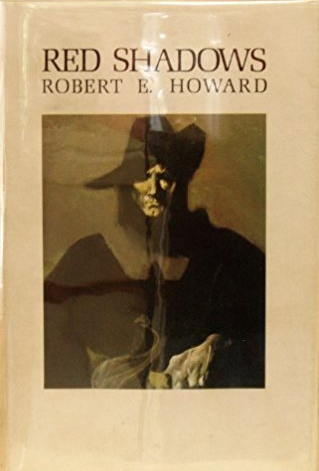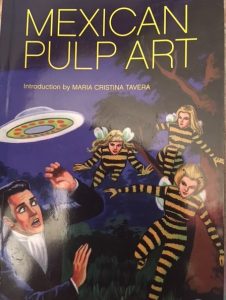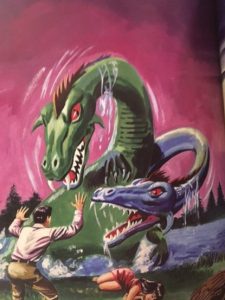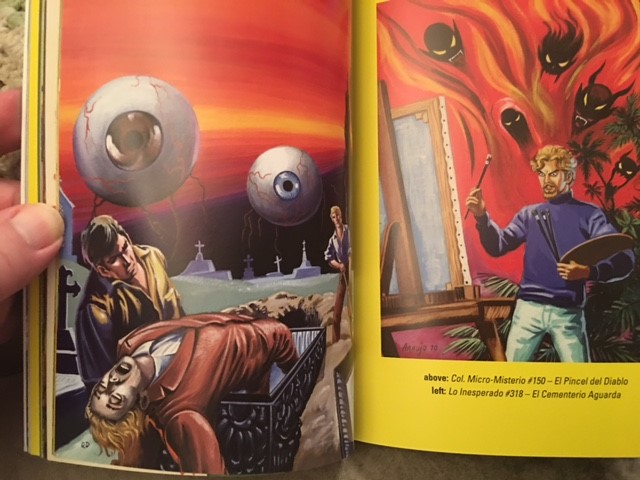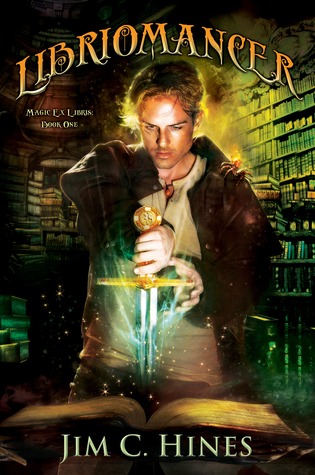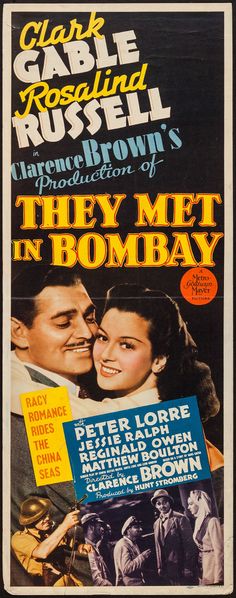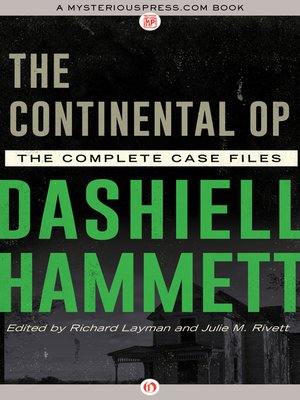By Scott A. Cupp
This is the 210th in my series of Forgotten Books.
It’s Bill Crider Appreciation Day at Friday Forgotten Books, and I will not be doing anything on a particular book but on the man himself. I’ve reviewed a couple of Bill’s books over the years, read many more and received books from him that I later reviewed.
Before I get started, I know people have a lot of questions. Here’s what I know: 1) Bill is at home with both his children on hand. 2) He can still do a phone call. 3) He can have short visits. 4) He is not in major pain and is doing as well as you can expect. 5) He is not able to read. He has read his last book, the new Lee Child novel. I think he misses that more than anything. I personally am still in denial and making that call was very tough.
It is hard to know where to start. I have known Bill for more than 40 years. I got to know him, Joe Lansdale, James Reasoner, Lewis Shiner and Neal Barrett, Jr. all about the same time in the mid 1970’s – generally between 1974 and 1978. That was a magical time to be a science fiction and mystery fan in Texas!
I met Bill at an AggieCon, one of the longest student run conventions in the country. My first AggieCon was in 1973. By the next year, I was selling paperbacks there to cover the cost of going and to bring me some funds to buy new things. I had a lot of paperbacks.
There was this guy going through my books, looking for Jim Thompson paperbacks. I think I had one – The Transgressors, maybe, and I think it was about $2. This old guy, who turned out to be Bill Crider, and his friend, Billy Lee, were having fun looking at the books and we talked some. It was a while before I found out they were working on Paperback Quarterly, an early paperback-centric magazine. They knew their stuff.
I ended up running into Bill at more conventions; we talked more. I found out he was from Brownwood and was a professor at Howard Payne University. AggieCon was in College Station, which is a long way from Brownwood, so he stayed a night or two at the college hotels. AggieCon ran Thursday to Sunday in those days and while there was some film programming, the nights were for things such as bridge, parties and talking. Somehow, in the early ’80s, Bill, Lansdale, Barrett and I would always end up on couches in Phred, the name the Aggies gave to the Serpentine Lounge of the Memorial Student Center. Nobody paid us any mind because we weren’t generally talking about science fiction; we were talking mysteries, particularly Gold Medal, noir and the immortal John D. These conversations would frequently go until 2, 3 or 4 in the morning.
Our talks were glorious. With Barrett and Lansdale along, it was easy to be a wallflower (my early role) while those two ran with the conversation. But Bill – sweet, quiet Bill — read a lot and knew everyone. He had a real job and could go to BoucherCons and meet up with folks. And he had read everything… not just mysteries, but science fiction and literature. He could talk J.D. Salinger with the best of them, particularly the short stories. And he knew Frank Norris inside out.
The discussions at the convention are among the most fun things I have participated in. They wandered all over the place. We would start with whatever anyone was reading and then veer off into John D. and noir movies. One time we ended the evening with Barrett telling us all “Mars needs chickens!”
I visited Bill and Judy in Brownwood in the early ’80s when work took me that way. It was a magical evening. I saw his collection and we discussed current stories. Over the years I met up with Bill and Judy about once every two years in Alvin, a suburb of Houston when work sent me there. We had some great dinners.
One of the last times I saw them both we were at a Mexican place we all loved. Judy was fighting cancer. She decided to have a margarita. Apparently it was a potent one. The waitress came by and asked if she wanted another one. “No! One was enough,” she said. “I can’t feel my nose.”
Many of you have followed the events with the VBKs, Bill’s cats. I was there one night when they acquired Geraldine, or Jerry. I had been visiting the Criders, and as I was leaving, we heard a sound from a drainage ditch. It was a small kitten. Bill took her in, to the annoyance of Speedo, the resident big cat. Jerry had a nice, long stay with the Criders.
Last year, I wrote an alternate history story for an anthology Tales of the Otherverse. I had done a rock-and-roll story that I was very proud of. Bill loved it. It led off the book. But, at the last minute, the editor needed one more story and Bill wrote “It Doesn’t Matter Anymore.” I had thought I had a chance at a Sideways Award for Best Alternate History short form. But, when I read Bill’s story, I knew that was not going to happen for me. He won it. And totally deserved it.
I love Bill like the older, cooler brother who knew all the neat stuff. And I cannot do any more on this tonight. It still hurts.
Series organizer Patti Abbott hosts more Friday Forgotten Book reviews at her own blog, and posts a complete list of participating blogs.

